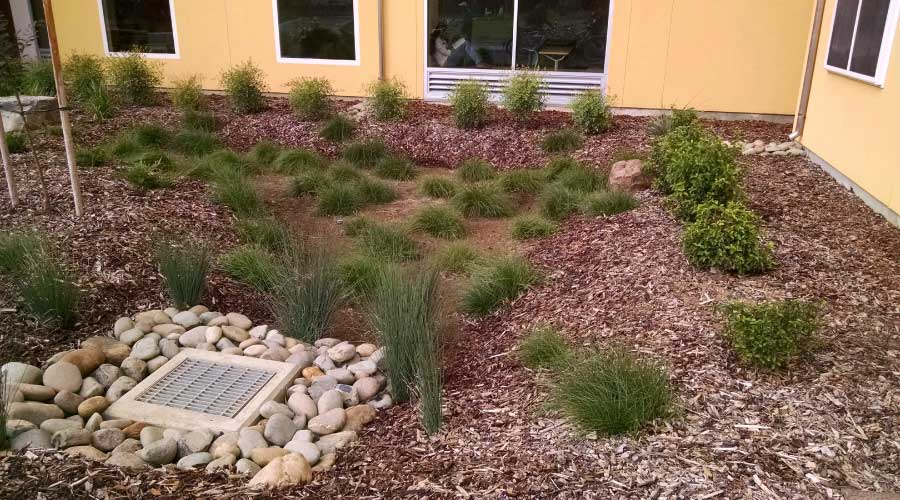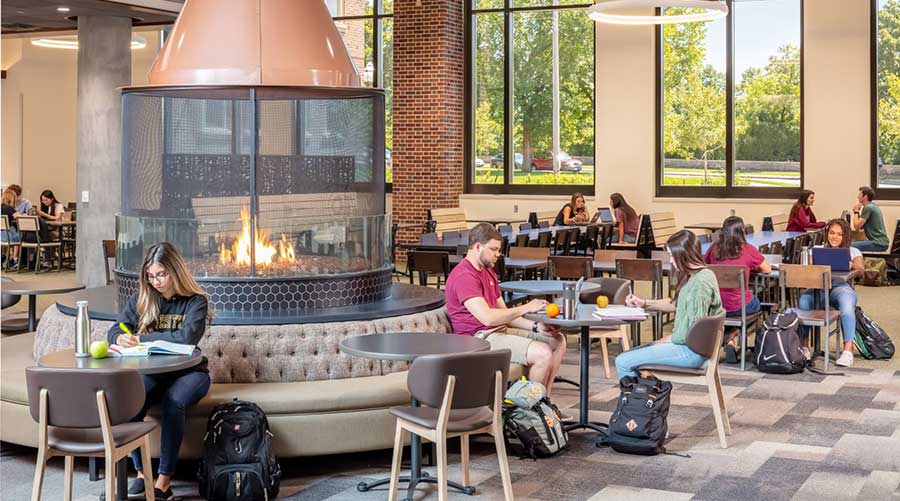A Beginner's Guide to ASHRAE 90.1 and LEEDv4
A Beginner's Guide to ASHRAE 90.1 and LEEDv4
ASHRAE 90.1
ASHRAE publishes various standards and guidelines for use and reference regarding HVAC systems. ASHRAE Standard 90.1 is the published energy standard for commercial buildings, with the exception of low-rise residential buildings. ASHRAE 90.1 provides guidelines for construction-related items such as wall and glazing insulation values, lighting power densities, and mechanical equipment efficiencies, with updates and revisions to this standard issued on a three-year basis. ASHRAE 90.1 is not a code, but rather a standard that is referenced and adopted by the International Energy Conservation Code (IECC), a subset of the International Building Code (IBC). In a study commissioned by the U.S. Department of Energy, estimated savings in energy use and energy cost totaled more than 18 percent when applying the 2010 version of ASHRAE 90.1 in comparison to the 2007 version.
LEED v4
The U.S. Green Building Council, in November 2013, released Version 4 of its rating system with significant changes and updates over the previous LEED 2009 rating system. Holistic changes have been made within Version 4 to better address the wide variety of building types to which users apply LEED — there are now 21 different types of buildings and market sectors referenced within the certification program. Providing an increased number of market sectors expands the application range of the standard, especially within specialized market sectors such as data centers.
Currently, projects pursuing LEED can register under either the LEED 2009 or LEED v4 rating system until the LEED 2009 registration sunset date of June 1, 2015. After this date, all projects must be registered under the LEED v4 rating system. Projects registered under LEED 2009 have until June 1, 2021, to finish the application for certification submission to USGBC.
|
Green Building Report
Briefings
Good News for 90.1
Following preliminary analysis that ASHRAE/IES's 2013 energy efficiency standard contains energy savings over the 2010 standard — 8.5 percent source energy savings and 7.6 site energy savings — the U.S. Department of Energy (DOE) has issued a ruling that establishes the 2013 standard as the commercial building reference standard for state building energy codes.
The determination means that states are required to update their codes to meet or exceed the 2013 standard within two years. Currently, states must meet or exceed the 2010 standard, which serves as the commercial building reference standard for state building energy codes under the federal Energy Conservation and Production Act.
Need More LEED (Credentials)
A recent U.S. Green Building Council (USGBC) study of job postings from across the United States revealed that demand for the LEED Accredited Professional (LEED AP) and LEED Green Associate credentials grew 46 percent over a 12-month period.
The study, conducted by USGBC education partner Pearson, using data provided by Burning Glass, found a total of 9,033 U.S. job postings from March 2013 to February 2014 that required a LEED credential. Top fields being advertised included available positions in mechanical, electrical, and civil engineering; construction management; architecture; software development; sales management; property management; and interior design, among others.
A secondary 90-day study that Pearson conducted, using data from Burning Glass, found that, from January 2014 to March 2014, 2,354 U.S. green-building-related positions had LEED as the skill in highest demand by a wide margin. LEED appeared in 59 percent of all postings, compared to the second-most-required skill, which appeared in 17 percent of the postings.
For more information on LEED credentials, visit www.usgbc.org/credentials
LEED in Motion Retail
More than 8,000 retailers worldwide use the LEED rating system, according to the U.S. Green Building Council's latest LEED in Motion report.
The report, released at last month's Greenbuild conference, also shows how LEED Volume has helped companies like Starbucks, which recently certified its 500th LEED store. Kohl's has the second most, with 434.
In total, there 7,921 LEED retail projects (either certified or registered), comprising nearly 516 million square feet of space.
For more information and to download the LEED in Motion Retail report for free, visit: go.usgbc.org/retail
Related Topics:














